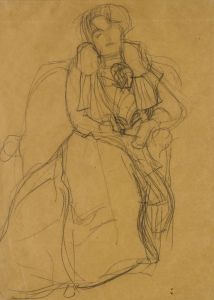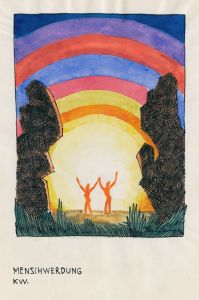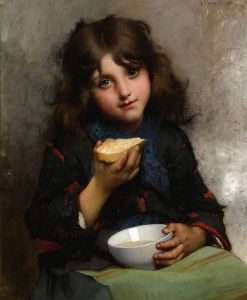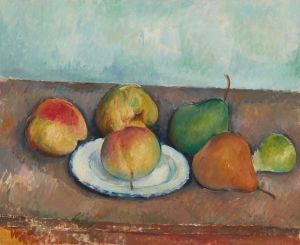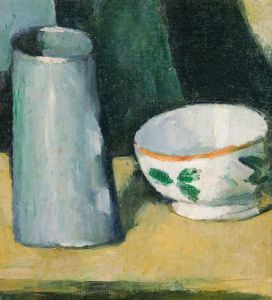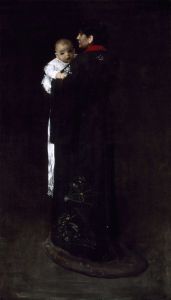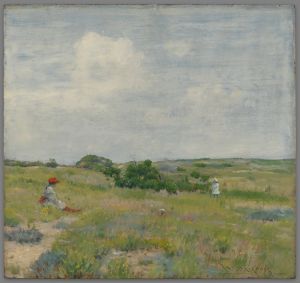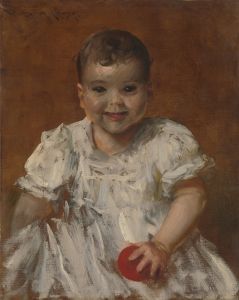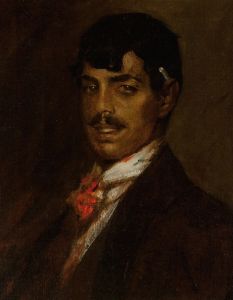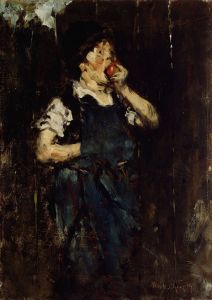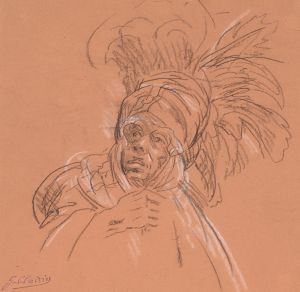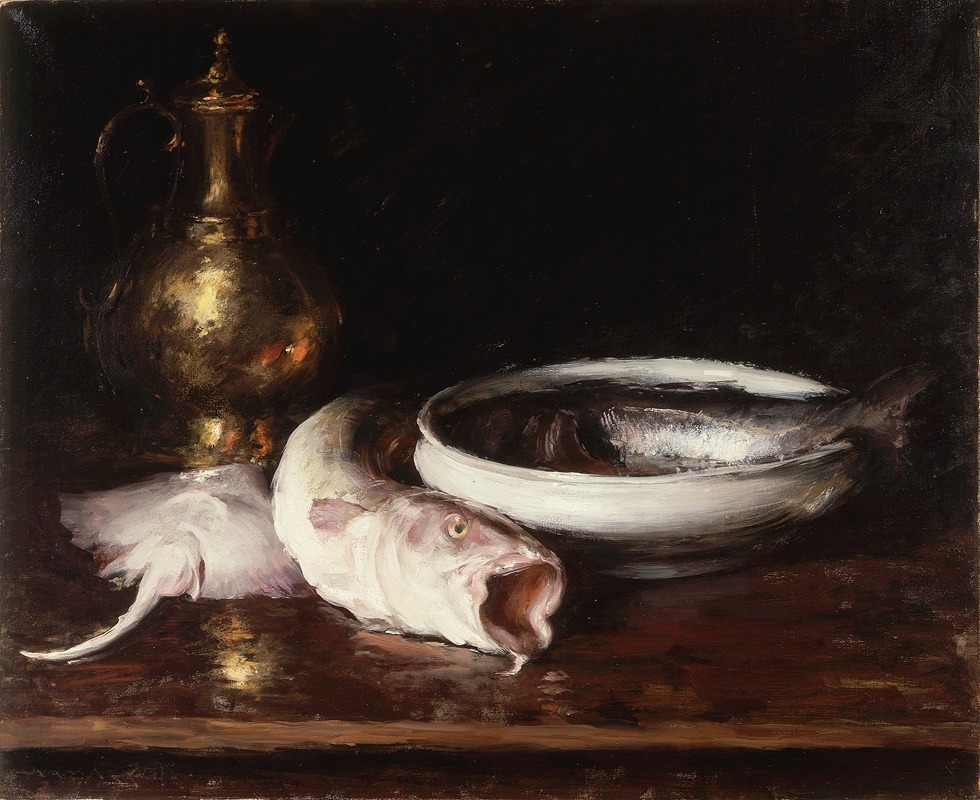
Still Life
A hand-painted replica of William Merritt Chase’s masterpiece Still Life, meticulously crafted by professional artists to capture the true essence of the original. Each piece is created with museum-quality canvas and rare mineral pigments, carefully painted by experienced artists with delicate brushstrokes and rich, layered colors to perfectly recreate the texture of the original artwork. Unlike machine-printed reproductions, this hand-painted version brings the painting to life, infused with the artist’s emotions and skill in every stroke. Whether for personal collection or home decoration, it instantly elevates the artistic atmosphere of any space.
William Merritt Chase was an influential American painter known for his versatility in various styles and subjects, including portraits, landscapes, and still lifes. Among his extensive body of work, Chase's still life paintings hold a significant place, showcasing his mastery of color, composition, and light. One of his notable still life paintings is simply titled "Still Life."
Chase was born in 1849 in Williamsburg, Indiana, and he studied at the National Academy of Design in New York City before furthering his education at the Royal Academy in Munich. His time in Europe exposed him to various artistic movements and techniques, which he adeptly incorporated into his work. Upon returning to the United States, Chase became a prominent figure in the American art scene, both as an artist and a teacher.
"Still Life" by William Merritt Chase exemplifies his skill in capturing the beauty and intricacy of everyday objects. While specific details about this particular painting may not be as widely documented as some of his other works, Chase's still lifes are generally characterized by their vibrant colors, careful attention to detail, and the ability to convey texture and form. His still life compositions often include a variety of objects such as fruits, flowers, ceramics, and other household items, arranged in a manner that highlights their aesthetic qualities.
Chase's approach to still life painting was influenced by both European traditions and his own innovative techniques. He was known for his use of loose brushwork and a keen sense of color harmony, which brought a sense of liveliness and immediacy to his paintings. This approach can be seen in his still life works, where he often played with light and shadow to create depth and dimension.
In addition to his technical prowess, Chase's still lifes reflect his interest in the interplay between natural and artificial elements. He often juxtaposed organic forms with man-made objects, creating a dynamic tension within the composition. This not only showcased his artistic skill but also invited viewers to appreciate the beauty in everyday scenes.
Chase's contributions to American art extend beyond his own paintings. As a dedicated educator, he taught at several institutions, including the Art Students League of New York and the Pennsylvania Academy of the Fine Arts. His influence on a generation of American artists was profound, and his teachings emphasized the importance of observation and the study of light and color.
Overall, "Still Life" by William Merritt Chase is a testament to his ability to transform ordinary objects into captivating works of art. Through his skillful use of color, composition, and light, Chase elevated the still life genre and left a lasting impact on American art. His work continues to be celebrated for its technical excellence and its ability to capture the beauty of the world around us.






